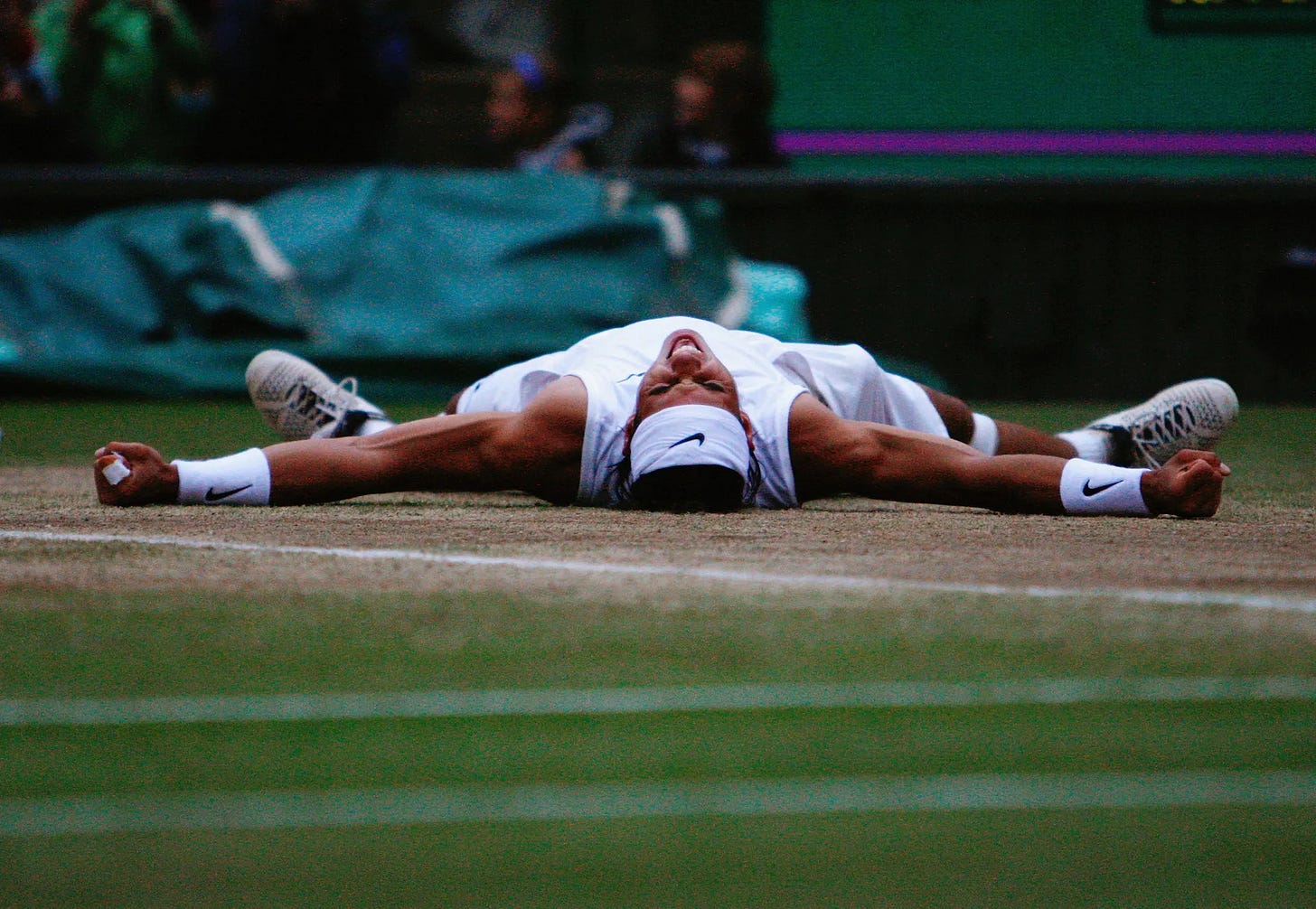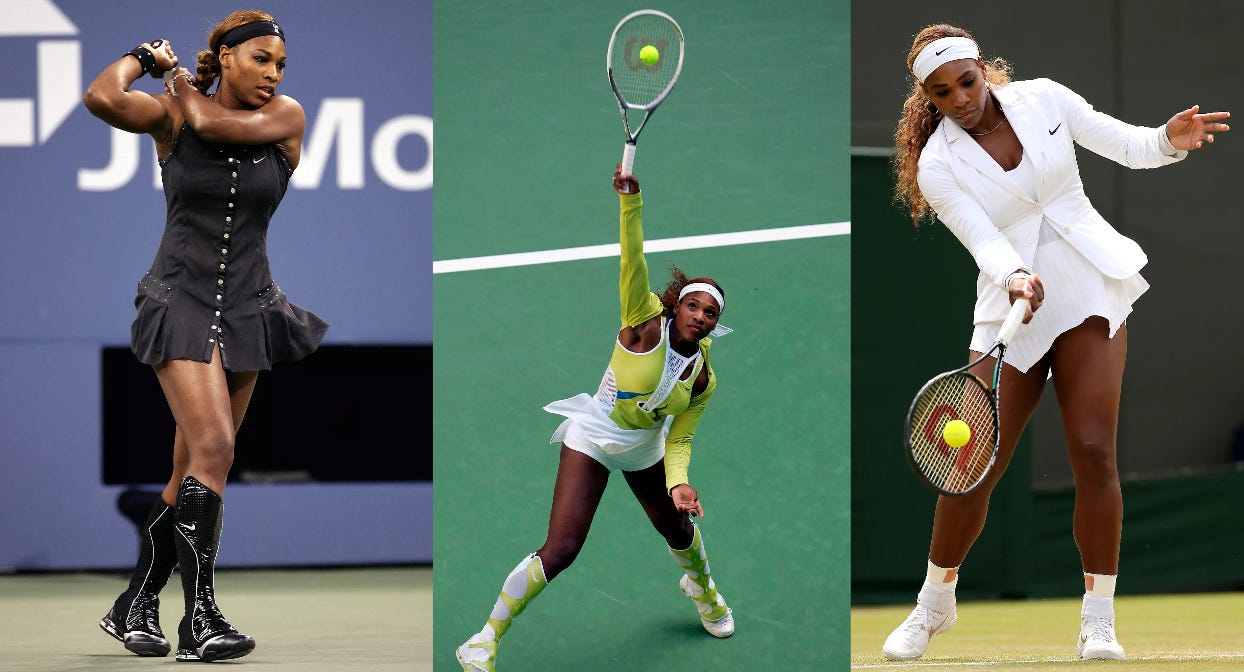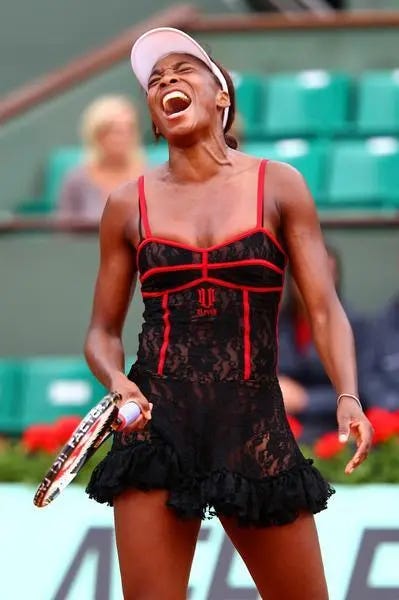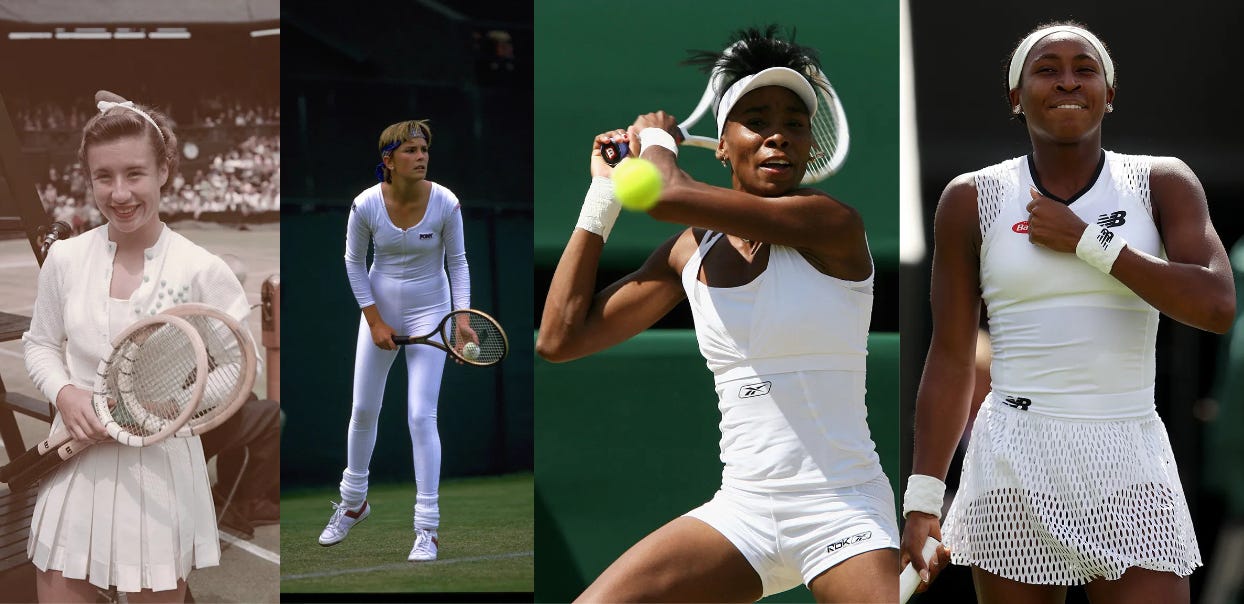I Don't Play to Win, I Play to Dress
Where Personal Style Becomes Part of the Game

The first time I played tennis, I showed up in an old, oversized T-shirt, some beat-up running shoes, and gym shorts. I spent most of the time chasing down serves, missing easy returns, and laughing through the awkwardness. I was terrible. But something about the whole thing stuck with me.
I came back the next week, and the next. Slowly, I started getting more into it, not just the game, but the gear. I bought a pair of proper tennis shoes, a breathable polo, then a lightweight cap that made me feel like I actually knew what I was doing. I started to enjoy figuring out what to wear before heading to the court. That’s when it clicked. The better I felt in what I was wearing, the more I wanted to play.

I don’t play to win, I play to dress. The style made the sport feel more personal, like I had a reason to be there even when my backhand was a mess. Tennis went from being intimidating to intriguing. I started applying this to other parts of my life. It was a small change, but when I felt good in my clothes, I handled the rest better.
Tennis has always been a sport of uniforms: whites, polos, pleated skirts, clean lines. But beneath the surface, it’s a place where fashion and function have collided for decades. Think of the famous tournament at Wimbledon. The crisp whites aren't just about tradition but about a certain elegance and discipline. Yet on courts worldwide, players have long used style as a form of self-expression, pushing the limits of those strict codes.
In the ’80s and ’90s, stars like Andre Agassi and Venus Williams turned tennis fashion into a statement. Agassi’s denim shorts and neon sweatbands weren’t just about performance; they were rebellion. Venus famously brought color and personality to courts that often felt too buttoned up. Serena followed, blending power with bold style choices by wearing catsuits, bright colors, and even those iconic braids that became part of her signature look.

Today, that same spirit of customization and personality is thriving, especially off the pro circuit. Gen Z and Millennials are mixing tennis wear into their everyday wardrobes, wearing pastel polos with baggy trousers, vintage sweaters layered over tees, and high-performance fabrics with streetwear silhouettes. Brands like Miu Miu and Gucci have even leaned into “tennis-core” aesthetics, blurring the lines between sport and style.

Not everyone is playing along, though. Wimbledon continues to enforce an all-white dress code, with only minor exceptions, and it remains one of the strictest in professional sports. Players must wear white everything: tops, shorts, shoes, even undergarments. It’s elegant and traditional, but also limiting. There’s a striking tension in seeing athletes who embody peak creative physicality and individuality constrained by the uniformity of a single color. Wimbledon’s dress code is a reminder that tennis fashion is still negotiating its place between tradition and self-expression.
Maybe the point isn’t to rebel against tradition, but to loosen it. Let the game and the style evolve. Tennis is hard. It takes coordination, rhythm, and cardio. But dressing up for it makes it playful, social, less about being perfect, and more about showing up and looking like you meant to. When I wear an outfit that feels right, I don’t just play better. I laugh more, move more, and stay longer. Tennis, in that way, becomes less about competition and more about community and confidence.

What’s inspiring about tennis fashion is how approachable it is. Unlike some sports, you don’t need specialized gear or a locker full of equipment. A good outfit and a decent pair of shoes are enough to get started. That’s part of what makes customizing outfits interesting. Even the tennis bag has become a statement piece. Brands have released mini backpacks, logo-heavy totes, and color-blocked crossbodies that help make tennis attire feel more personal. And because tennis attire is built for movement and breathability, it’s one of the most comfortable ways to dress while still looking good.
It’s not about being a pro. It’s about showing up and making the game your own. I’m realizing that style can be a gateway. Not just into sport, but into a version of yourself that feels more present and open. The clothes aren’t just for the court. They’re part of what brings you to it.




